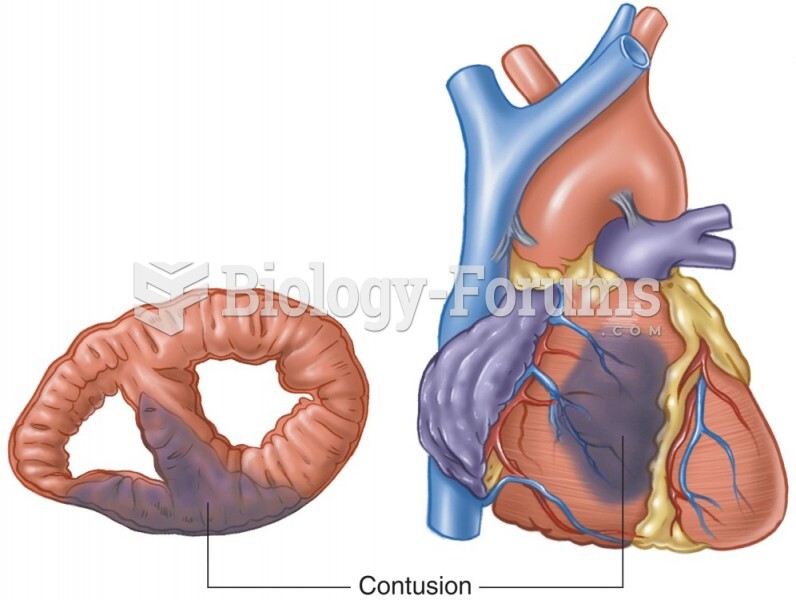|
|
|
More than 30% of American adults, and about 12% of children utilize health care approaches that were developed outside of conventional medicine.
The largest baby ever born weighed more than 23 pounds but died just 11 hours after his birth in 1879. The largest surviving baby was born in October 2009 in Sumatra, Indonesia, and weighed an astounding 19.2 pounds at birth.
Fungal nail infections account for up to 30% of all skin infections. They affect 5% of the general population—mostly people over the age of 70.
The lipid bilayer is made of phospholipids. They are arranged in a double layer because one of their ends is attracted to water while the other is repelled by water.
The types of cancer that alpha interferons are used to treat include hairy cell leukemia, melanoma, follicular non-Hodgkin's lymphoma, and AIDS-related Kaposi's sarcoma.
 A CT scan of a subdural hematoma. Notice that the subdural hematoma has displaced the left lateral ...
A CT scan of a subdural hematoma. Notice that the subdural hematoma has displaced the left lateral ...
 The asymmetry of facial expressions. Notice that the expressions are more obvious on the left side ...
The asymmetry of facial expressions. Notice that the expressions are more obvious on the left side ...





